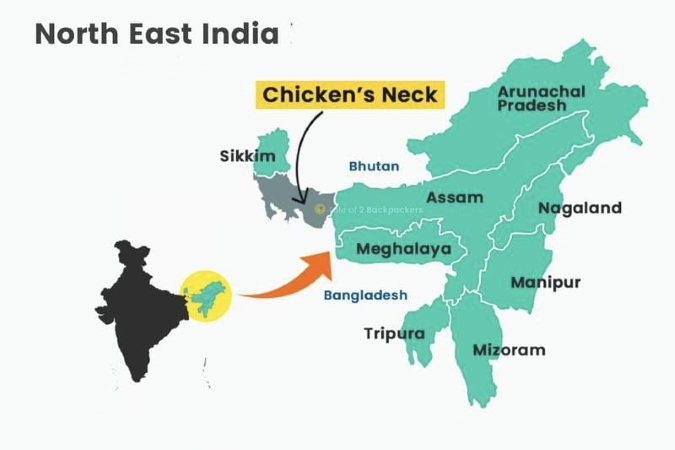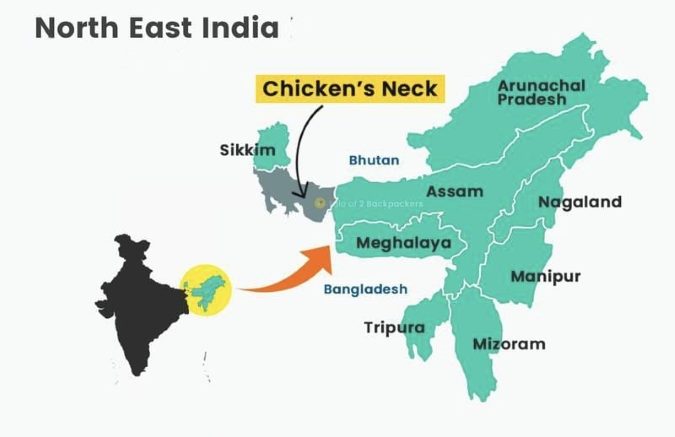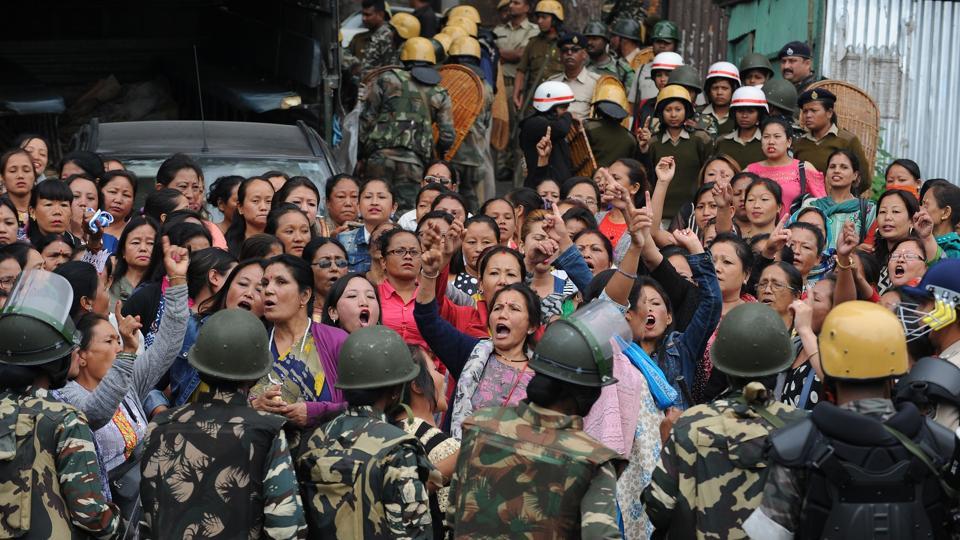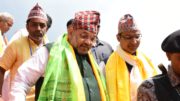The North Eastern Council (NEC) was constituted in 1971 by an Act of Parliament as the nodal agency for the economic and social development of the North Eastern region. The Council supervises planned endeavors for the development of the NE region, which comprises the eight states of Arunachal Pradesh, Assam, Manipur, Meghalaya, Mizoram, Nagaland, Sikkim, and Tripura. With concerted efforts by the Government, reflecting Prime Minister Narendra Modi’s vision of the development of the Northeast, the region has made substantial progress. The budgetary allocation for the NE States has increased significantly, with over 285% growth in the past 8 years from Rs 24,819.18 crores in 2014-15 to Rs 70,874.32 crores in 2021-22. The Government has dedicated over Rs 336,640.97 crores solely for the development of the NE Region, indicating a future of multi-faceted possibilities for the people of the region, economically and socially.
It is heartening to see the Central Government finally take notice of the concerns of the erstwhile peripheral states of the NE, whose inclusivity and integration were not a prime focus of earlier governments. In a similar vein, North Bengal, especially the Darjeeling hills and the Terai and Dooars areas, continues to remain peripheral to the Mamata Banerjee-led TMC government of West Bengal. The cultural and social uniqueness of the communities of the region remains ignored.
Given the shared history and heritage, similar socio-cultural, ethnic, and linguistic milieu, and the geographical continuity of Darjeeling hills, Terai, and Dooars with the rest of North East states, the region has faced similar geographic hindrances, regional imbalance, deprivation, and discrimination. Much like the rest of NE States, our region suffers from similar developmental challenges and unmet regional aspirations amidst the larger political debates of Bengal that primarily echo the concerns of the dominant Bengali Bhadralok. As a result, the specific concerns of the people of the region remain unattended.
The political division of North Bengal comprises eight districts: Darjeeling, Kalimpong, Jalpaiguri, Alipurduar, Coochbehar, North Dinajpur, South Dinajpur, and Malda. About 18% of the area of Jalpaiguri and Darjeeling districts is covered by forests, and both districts are dotted with numerous Tea Gardens. The Dooars region, which acts as a gateway to Assam, Sikkim, and Bhutan, stretches from the plains of Kalimpong district, covering the whole of Jalpaiguri district and Alipurduar district and the upper region of Cooch Behar district in West Bengal, and the districts of Kokrajhar and Bongaigaon in Assam. Historically, the Dooars belonged to the Koch dynasty, which ruled the eastern-Indian subcontinent comprising present-day Assam and Bengal. In 1865, after the Bhutan War, the British annexed it, and the region was divided into two parts: the eastern part was merged with the Goalpara district in Assam, and the western part was turned into a new district named Western Dooars.
The name of the region was changed again in 1869 to Jalpaiguri District. After the end of British rule in India in 1947, the Dooars acceded to the dominion of India and merged with the Union of India in 1949. Logically speaking, it has more cultural and historical affinities with tribal communities residing in various parts of Assam rather than mainland West Bengal.
The demography of the region comprises numerous tribes, including the Bodos, Rabha, Mech, Koch Rajbongshi, Tamang/Murmi, Limbu, and Lepcha. A significant percentage of the population identifies as the Gorkha community. Along with the tribal communities, a large Bengali population (mostly displaced from the erstwhile East Pakistan by the Partition of Bengal) also populated the Dooars. The region is unique in its expression of cultural diversity.
However, the region has been reeling under the burden of informal immigration from neighboring countries over the past four decades, which continues to remain unchecked by the TMC-led state government. It is evident that the State Government has been sanctioning such illegal immigration into the region as a guaranteed ‘vote bank’. This unchecked cross-border immigration, facilitated by the strategic placement of the region sharing borders with three neighboring countries- Bangladesh, Bhutan, and Nepal- continues to pose a threat to the original hill populace. It also poses a threat to their dynamic socio-cultural fabric.
Moreover, the state government’s stepmotherly treatment of the Darjeeling-Dooar region also poses a serious threat to national security. The Siliguri Corridor, also popularly referred to as the ‘Chicken Neck’ corridor, is an integral part of the region. It is a very sensitive stretch of land, especially with its proximity to China, making it the only area of the country to share four international borders. Strategically, any external intrusion to the Siliguri Corridor may threaten the connectivity of the entire NE region with mainland India. Recently, there have been disturbing reports of the Siliguri corridor being endemic to arms and ammunition supply to terrorist organizations via Bangladesh. Much of it, I believe, is due to the lack of attentiveness and concern of the State government of Bengal regarding the extremely delicate situation of the region.
In light of such ignorance towards the concerns of the region and the highhandedness of the State Government of West Bengal trivializing what could become a threat to national security and integration, I believe, and continue to plea to the Government of India, that the North Bengal region needs to be incorporated into the North Eastern Council. The reasons for my plea are simple:
- Prioritization for Development: Inclusion with the NEC will ensure that the region gets prioritized for various developmental initiatives, projects, and schemes of the central government in line with the other NE states. This could reverse the damage of ignorance that the region has been facing for decades of TMC rule.
- Regional Planning and Problem-solving: The NEC as a regional planning body discusses matters of interest to the states under its purview and takes calculated steps to solve issues of concern. The socio-cultural challenges, isolation, and deprivation of the indigenous communities of the region would be highlighted more seriously once the Council is made a guardian of the region’s well-being.
- Institutional Acknowledgment of Cultural Affinities: The emotional affinity of the indigenous communities with the other tribal groups of the NE could be institutionally acknowledged if the region is incorporated under the NEC. The various ethnic groups have been historically placed at the margins of West Bengal’s political imagination. Socially, economically, emotionally, and culturally, the North Eastern Council would be able to do justice to the well-being of the people in question by bringing them to the center stage of the debates regarding their priorities.
The goal of democratic politics, after all, is nation-building with people’s well-being at the core of it.
Writes: Manoj Karki is an MA-II student in Politics (specialization in international relations) at the School of International Studies, Jawaharlal Nehru University.







Be the first to comment on "Inclusivity, Well-being and Nation-building: The Need for Incorporating North Bengal (Darjeeling, Dooars and Terai Region) Under the North Eastern Council "